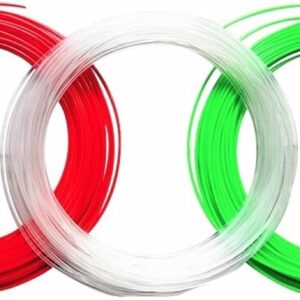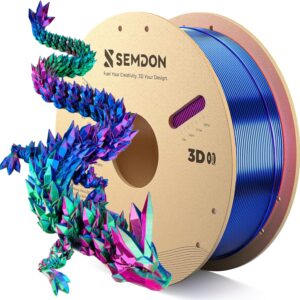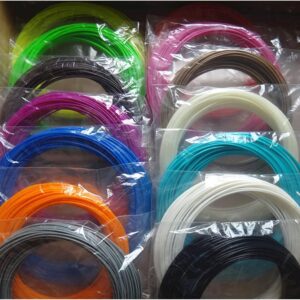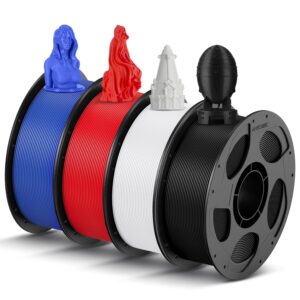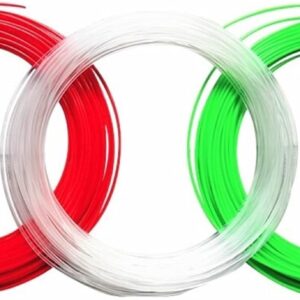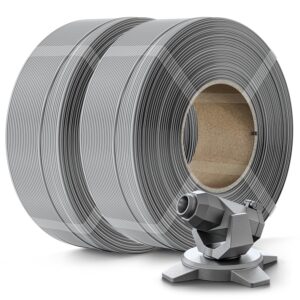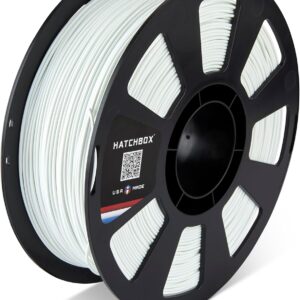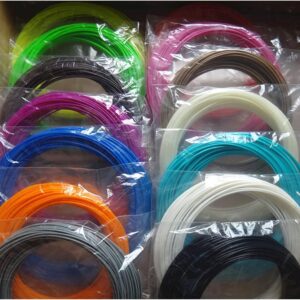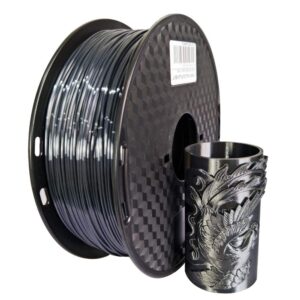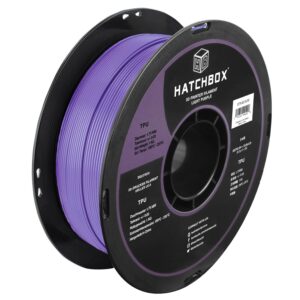Unlocking Savings: The True Cost of PLA Filament Per Gram and How to Maximize Your 3D Printing Budget
In the world of 3D printing, one material stands out for its affordability, usability, and versatility: Polylactic Acid (PLA) filament. As an increasingly popular choice for both hobbyists and professionals alike, understanding the true cost of PLA filament per gram can help you maximize your 3D printing budget, ensuring that you don’t just spend wisely, but also achieve outstanding results in your projects.
The Real Cost of PLA: More Than Just the Price Tag
When considering the cost-effectiveness of PLA filament, the price per gram isn’t the only factor to examine. The affordability of PLA makes it a compelling option, but its performance and usability also contribute to its overall value.
1. Price Breakdown
PLA filament pricing varies among manufacturers, typically ranging from $20 to $35 per kilogram. When converted, this results in a cost of approximately $0.02 to $0.035 per gram. This seemingly low price can be tempting, but understanding the associated costs provides a clearer picture.
- Shipping Costs: If you’re ordering online, consider shipping costs. Bulk buys often provide savings, mitigating shipping expenses per unit.
- Quality of Filament: Cheaper doesn’t always mean better. Low-quality PLA can cause print failures, which incur additional costs in wasted filament and time.
2. Performance Factors
The true cost of PLA filament extends beyond its sticker price. The performance of a high-quality PLA filament can save you both time and money by:
- Reducing Print Failures: High-quality filament is less prone to warping or clogging, leading to more successful prints.
- Minimizing Print Time: With a reliable material, you’ll spend less time troubleshooting and more time producing.
- Durability: PLA prints may require less post-processing, which means less time and money spent on finishing.
3. Waste Consideration
Waste is a hidden cost that many novice printers overlook. When your print fails or a calibration issue arises, you may waste a significant amount of filament. By investing in quality filament and ensuring your printer is properly calibrated, you can minimize waste.
Maximizing Your 3D Printing Budget
1. Bulk Buying
One effective strategy to cut costs is bulk buying. Purchasing filament in larger quantities often results in a lower cost per gram. Make sure to:
- Invest in Storage: Proper filament storage prevents degradation and ensures longevity. Consider airtight containers or vacuum-sealed bags.
- Stick with Trusted Brands: Choose reputable manufacturers known for consistent quality, even in bulk.
2. Print Optimization
To maximize your budget, focus on print optimization. This encompasses:
- Layer Height Adjustments: Use higher layer heights for quicker prints when detail isn’t critical. This reduces filament usage and time.
- Infill Density: Adjust your infill settings based on the object’s needed strength. For example, use lower infill for decorative items.
- Support Structures: Avoid excessive use of supports. Design with supports in mind, or utilize advanced slicer settings to minimize their use.
3. Understanding Material Properties
PLA is not the only material available, and different projects may benefit from alternative filaments. Understanding your material options can help you save in the long run:
- Strength: For projects requiring strength, consider using materials like PETG or ABS, which might be more cost-effective in the long term.
- Special Properties: Explore specialty filaments such as TPU for flexibility or carbon-fiber-infused filaments for strength, which may offer better performance for specific applications.
4. Community and Knowledge Sharing
Engaging with the 3D printing community can provide invaluable insights:
- Join Forums and Groups: Learn from others in forums like Reddit, dedicated Facebook groups, or local maker spaces. They can offer tips on best practices and where to source affordable materials.
- Attend Workshops: Local workshops can teach you about printing techniques, including how to use less filament effectively.
5. Regular Maintenance
Regularly maintain your 3D printer to ensure optimal performance. Plentiful savings arise from well-maintained machines, including:
- Nozzle Cleaning: Clogs can waste filament and require time to recover from, so maintaining clean nozzles is essential.
- Bed Leveling: Ensure your print bed is leveled properly to reduce failures and wasted filament.
Conclusion
Understanding the true cost of PLA filament per gram and implementing smart strategies for optimization and budget management is essential for every 3D printing enthusiast. By addressing factors like performance, minimizing waste, and capitalizing on community knowledge, you can not only reduce your costs but also improve the quality of your prints.
Investing a little more time into understanding the nuances of PLA filament can yield significant savings and satisfaction in your 3D printing projects.
FAQs
1. What is the average price of PLA filament?
PLA filament typically costs between $20 and $35 per kilogram, translating to approximately $0.02 to $0.035 per gram.
2. Can I use lower-quality PLA to save money?
While it may seem cost-effective, using lower-quality PLA can lead to print failures, wasting both time and material, ultimately increasing your overall costs.
3. What storage solutions are best for PLA filament?
Airtight containers or vacuum-sealed bags are recommended to prevent moisture absorption and prolong the filament’s shelf life.
4. How can I reduce waste during printing?
Calibrating your printer, optimizing print settings such as infill density, and choosing designs carefully can minimize filament waste.
5. Should I consider materials other than PLA?
Yes, if your project requires specific properties, exploring other materials like PETG, ABS, or specialty filaments may lead to better results and savings in the long term.
